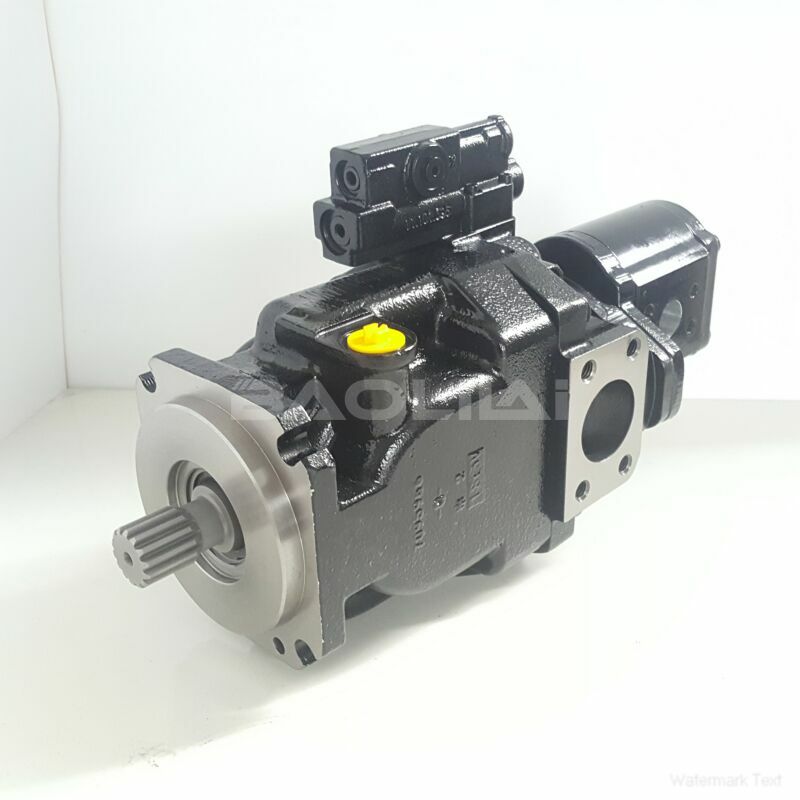FRR074BLS2520NNN3S1A2A1NNNNNNNNNN hydraulic pump
FRR074BLS2520NNN3S1A2A1NNNNNNNNNN hydraulic pump

- Product Details
- Applicable Scene
Carbon Capture and Storage (CCS) technology has emerged as a critical solution in the fight against climate change, aimed at reducing greenhouse gas emissions by capturing carbon dioxide (CO2) from industrial sources and storing it underground. At the heart of this process lies a crucial component: high-pressure pumps. These pumps play a significant role in the injection of CO2 into geological formations, ensuring the effective and safe storage of this greenhouse gas.
FR-R-074B-LS-25-20-NN-N-3-S1A2-A1N-NNN-NNN-NNN
FRR074BLS2520NNN3S1A2A1NNNNNNNNNN
High-pressure pumps are essential in the CCS process for several reasons. First and foremost, CO2 must be injected into geological formations at high pressures to ensure that it remains in a supercritical state. In this state, CO2 occupies a volume much smaller than in its gaseous form, allowing for efficient storage in the porous rocks of underground formations. The capabilities of high-pressure pumps directly influence the efficiency and effectiveness of the injection process, making them indispensable for successful CCS operations.

83013056
Energy efficiency is another critical aspect of high-pressure pumps in CCS projects. The high viscosity of supercritical CO2 requires pumps that can operate at demanding pressures without sacrificing performance. Modern high-pressure pump designs utilize advanced materials and technology to reduce energy consumption while maintaining reliability. This drive for efficiency not only decreases operational costs but also contributes to the overall sustainability of CCS initiatives, making it more viable as a long-term solution for carbon management.
The reliability of high-pressure pumps is similarly significant in the context of CCS. The injection process often occurs in remote locations where environmental monitoring and maintenance can be challenging. As such, high-pressure pumps must be robust and capable of operating continuously under varying and sometimes extreme conditions. Regular maintenance and monitoring protocols must be established to minimize downtime and ensure the safety and efficacy of CO2 storage.





